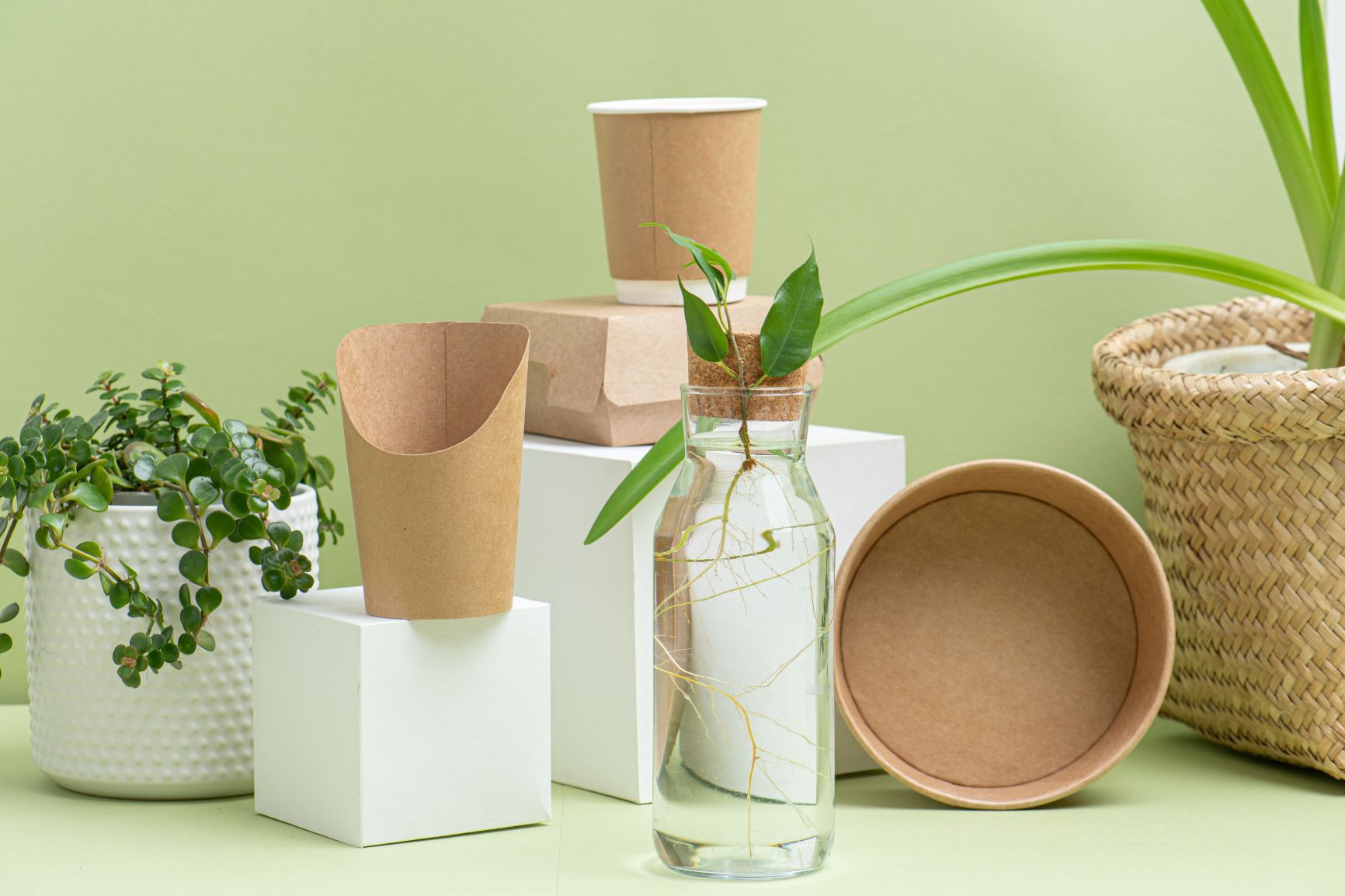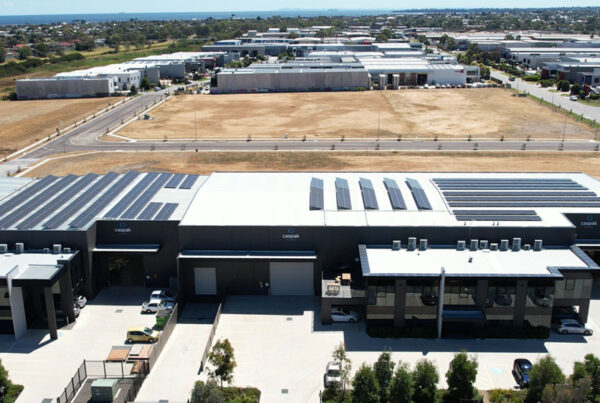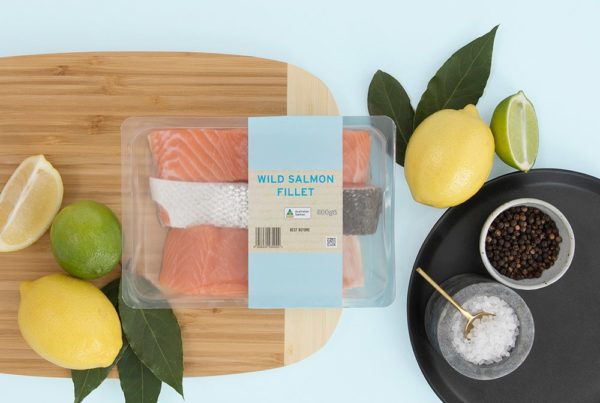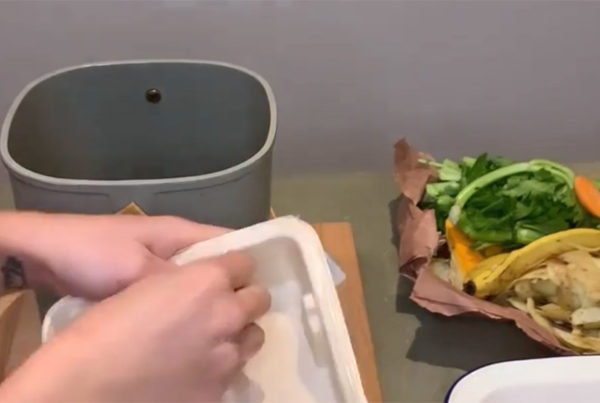
When looking at sustainable answers to packaging, often our immediate thought is to push for compostable packaging, as we assume it’s the perfect answer. Compostable is one possible solution, but before we herald this as the ultimate answer to sustainable packaging, we need to be mindful of our process of reaching this packaging-waste Nirvana and make sure we aren’t creating more waste with a ‘green’ label.
Contrary to popular assumption, compostable packaging doesn’t just break down and disappear. The aim is for it to become part of the compost that serves to nourish plants and earthworms. Australia has strict standards around compostable packaging, AS 4736-2006 for industrial and AS 5810-2010 for home, to ensure that it can breakdown properly. These standards are in place to protect the compost environment and prevent earthworm and plant ecotoxicity and cross-contamination from other plastics.
These standards mean there are challenges with creating products that meet the needs at end of life, but we also need to consider the purpose of the product and what it’s designed to protect at the beginning of its existence.
In the case of food packaging, the key considerations for a product are whether it provides food security and extended shelf-life. Whilst research and development is underway into innovative new packaging solutions, for a compostable option to be a consideration it first needs to pass rigorous testing that ensures it can meet or exceed the current shelf-life standards to prevent food waste, one of the largest contributors to climate change.
Currently, APCO estimates that compostable plastics account for around 0.1% of plastic packaging in Australia, which equated to about 1,000 tonnes in 2017/18. Most of these products are in the form of waste bin liners, takeaway coffee cups and other takeaway food products. But where do they end up? With limited collection available from households, even less consumer education and the disconnect between councils on which is the right bin, most of these products end up in a landfill.
Whilst landfill may sound fine for compostable packaging, assuming it will just harmlessly breakdown. Unless these products are disposed of in proper compost environments, they break down in the same way as food waste, releasing climate-harming methane gas and adding to an existing serious problem.
There is no doubt that compostable packaging is a solution of the future when it comes to managing both food waste and packaging end-of-life. But, until we arrive at a point where food security, shelf-life, consumer education and compatible and extensive waste streams can guarantee an equivalent performance to our current solutions, maintaining multiple options that work with existing waste management systems in the most sustainable way possible is the best interim approach.








